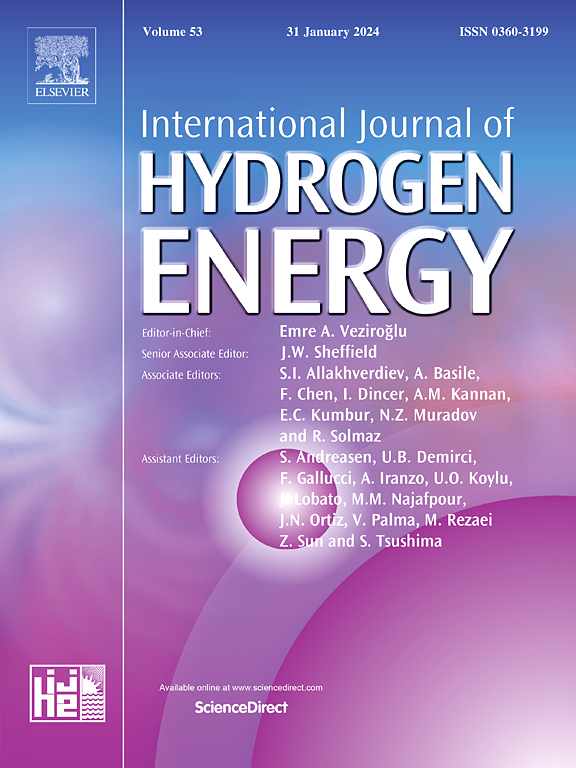Stress corrosion cracking mechanisms in bridge cable steels: Anodic dissolution or hydrogen embrittlement
IF 8.1
2区 工程技术
Q1 CHEMISTRY, PHYSICAL
引用次数: 0
Abstract
Two key mechanisms, anodic dissolution, and hydrogen embrittlement, govern the stress corrosion cracking (SCC) in bridge cable steel wires. This study investigates the predominant mechanism influencing the SCC fracture time of bridge cable steel wires through electrochemical methods and thermal desorption analysis (TDA), offering protective measures. It contrasts the impacts of these mechanisms on electrochemical and mechanical properties and fracture morphology. The results show that the main mechanism of SCC in ammonium thiocyanate (NH4SCN) solution is hydrogen embrittlement (HE). Applying an anodic current (50 A/m2) can reduce the hydrogen absorption from 4.99 ppm to 0.2 ppm, and extend the fracture time from 26.1 h to 46.1 h. For the HE type SCC, the corrosion potential of the steel wire does not change with the corrosion time, and the tensile strength and diameter of the steel wire are the almost same as before corrosion. This research provides a theoretical basis for analyzing and protecting bridge cable steel wires against SCC.
桥梁缆索钢的应力腐蚀开裂机制:阳极溶解或氢脆
桥梁电缆钢丝应力腐蚀开裂的主要机理是阳极溶解和氢脆。通过电化学方法和热解吸分析(TDA)研究了影响桥梁电缆钢丝SCC断裂时间的主要机理,并提出了防护措施。对比了这些机制对电化学、力学性能和断口形貌的影响。结果表明,硫氰酸铵(NH4SCN)溶液中SCC的主要机理是氢脆(HE)。施加50 A/m2的阳极电流可使吸氢量从4.99 ppm降低到0.2 ppm,断口时间从26.1 h延长到46.1 h。对于HE型SCC,钢丝的腐蚀电位不随腐蚀时间的变化而变化,钢丝的抗拉强度和直径与腐蚀前基本相同。该研究为桥梁电缆钢丝的SCC分析和保护提供了理论依据。
本文章由计算机程序翻译,如有差异,请以英文原文为准。
求助全文
约1分钟内获得全文
求助全文
来源期刊

International Journal of Hydrogen Energy
工程技术-环境科学
CiteScore
13.50
自引率
25.00%
发文量
3502
审稿时长
60 days
期刊介绍:
The objective of the International Journal of Hydrogen Energy is to facilitate the exchange of new ideas, technological advancements, and research findings in the field of Hydrogen Energy among scientists and engineers worldwide. This journal showcases original research, both analytical and experimental, covering various aspects of Hydrogen Energy. These include production, storage, transmission, utilization, enabling technologies, environmental impact, economic considerations, and global perspectives on hydrogen and its carriers such as NH3, CH4, alcohols, etc.
The utilization aspect encompasses various methods such as thermochemical (combustion), photochemical, electrochemical (fuel cells), and nuclear conversion of hydrogen, hydrogen isotopes, and hydrogen carriers into thermal, mechanical, and electrical energies. The applications of these energies can be found in transportation (including aerospace), industrial, commercial, and residential sectors.
 求助内容:
求助内容: 应助结果提醒方式:
应助结果提醒方式:


